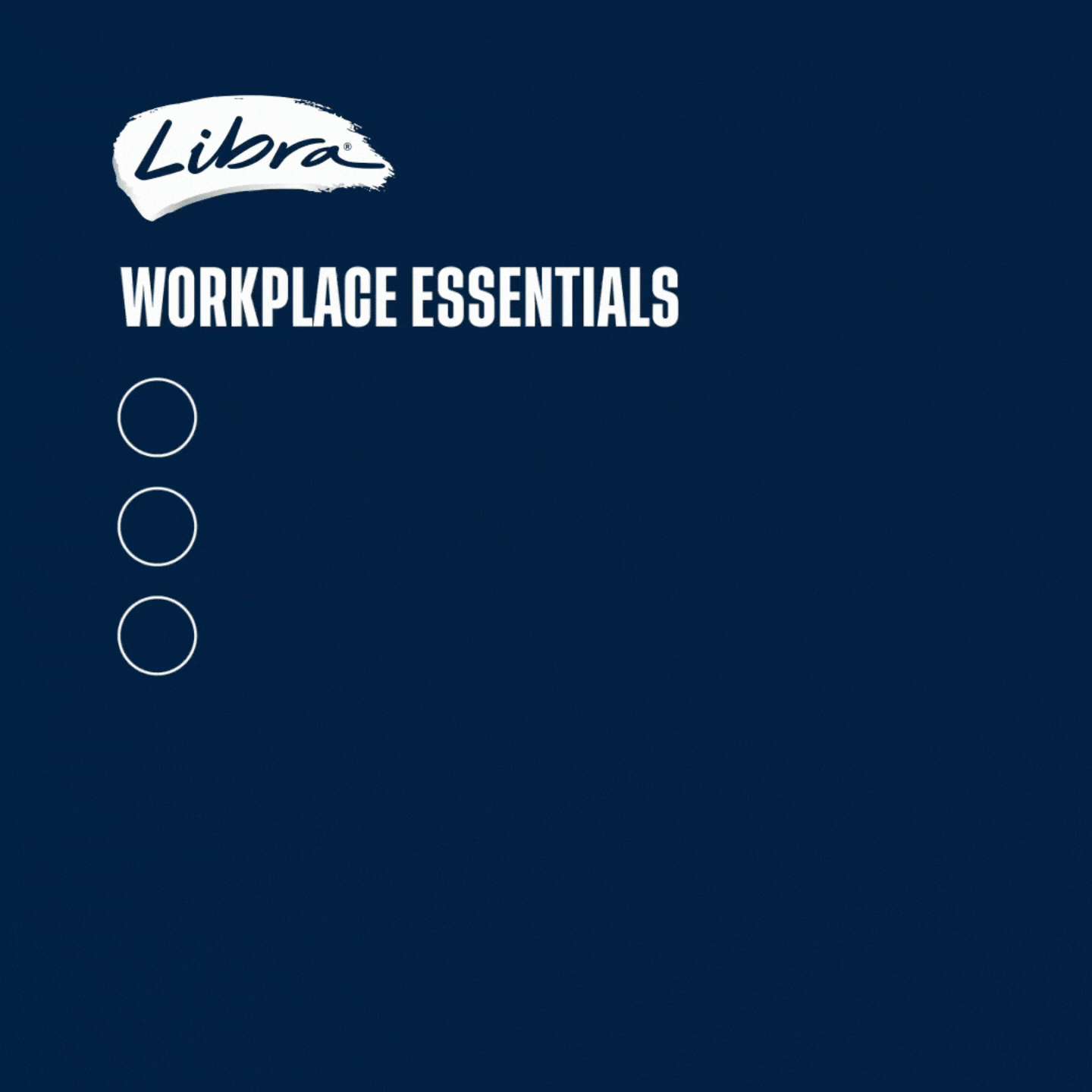CEO of Canva Melanie Perkins used to work seven days a week, “barely pausing to breathe” as she focused on her big goals to grow the Australian tech unicorn she co-founded back in 2013.
Launched by Perkins, along with her now-husband Cliff Obrecht, and Cameron Adams in Sydney more than a decade ago, Canva is now one of the most valuable tech companies in the world. Last year, the value of the online design platform surged to a staggering $48.7 billion ahead of a highly anticipated and upcoming IPO.
Over time, Perkins learned that working in that fashion—all out, without time to rest and recharge—was “unsustainable” and she now takes a different approach to work, wellbeing and productivity.
In a post on LinkedIn, Perkins explained that she now uses five key tools to help her to recharge intentionally and plan effectively. She covers everything from meditating daily, to using AI tools to record (and later organise) her thoughts while she walks.
“Social media is quick to glamorise working all hours and pushing through without taking breaks. In recent conversations with founders, I noticed a common theme: they’re so focused on achieving their big goals that they’re leaving nothing in the tank for themselves,” Perkins wrote.
“One founder told me they worked through every weekend last year, taking just a handful of days off. Another shared how they felt completely stuck after a setback, without tools to navigate the emotional toll.”
Perkins said she could relate to these experiences as a founder.
“For years, I had no tools either. I’ve spent the last few years working on that, and now, I feel like I have the tools to help me recharge, reset, and plan effectively. I thought I’d share a few of the things that helped in case they’re helpful for you too.”
Perkins’ five tips from her LinkedIn post are included in full below.
1. Taking Real Breaks
For years, I didn’t take weekends off. Now, I intentionally carve out time to recharge. Giving myself space to pause has been transformative—it helps me reset and approach the week ahead with clarity and energy. Contrary to what I originally thought, taking breaks helps me to ‘work smarter, not harder’.
2. Setting Walking Goals
A few years ago, I challenged myself to walk 100 km every month. It was a game-changer. Those walks became my thinking time, a chance to brainstorm, reflect, get some exercise and time in nature. This year, I’m excited to bring that habit back—it’s something I’ve missed and can’t wait to reintroduce into my routine.
3. Meditating Every Day
Meditation didn’t come easily to me. I’d sit there thinking about work instead of relaxing! But over time, I’ve found it incredibly helpful. I use the Calm app for 10 minutes before bed, which clears my mind and improves my sleep. It’s also helped transform my inner self-talk, making me kinder to myself.
4. Experimenting with AI Walks
This year, I’ve started combining my walks with AI tools. I use AirPods to record my thoughts and then let AI organize those ideas into actionable steps (yes, in Canva!). It’s been surprisingly effective at turning big-picture brainstorming into tangible progress. I’m excited to see where it goes this year and to continue to refine it.
5. Building Simple, Intentional Habits
Small ‘rituals’ like journaling for five minutes each morning, spending time in nature or keeping a consistent bed time and wake time (one of my 2025 goals!) can make a huge difference.


